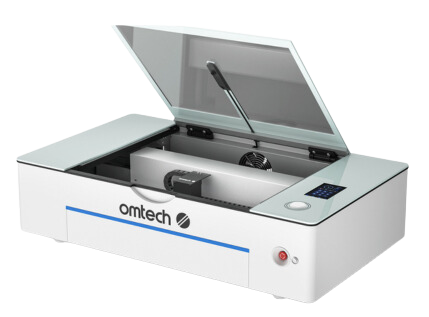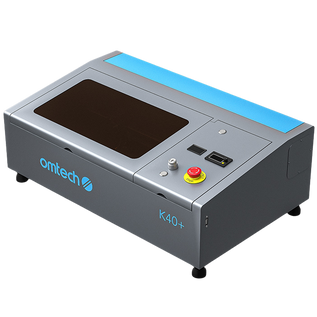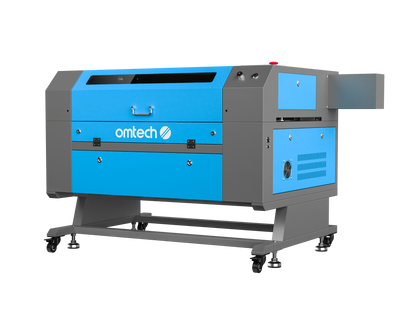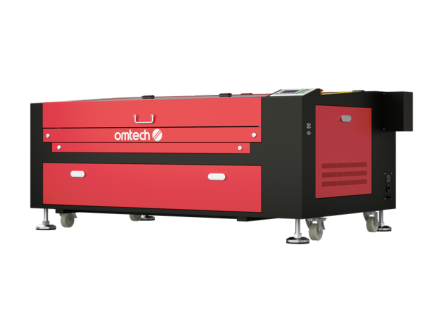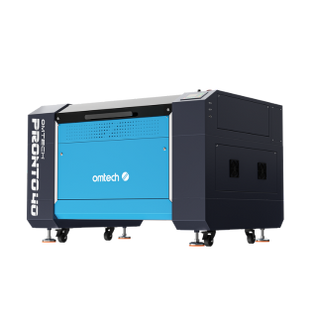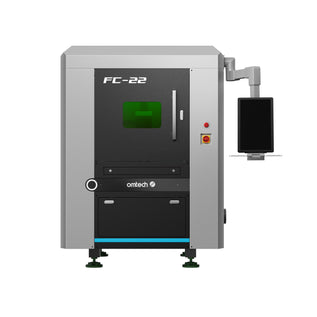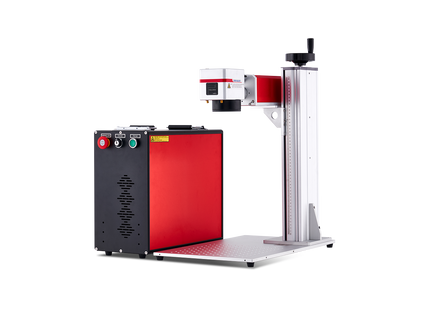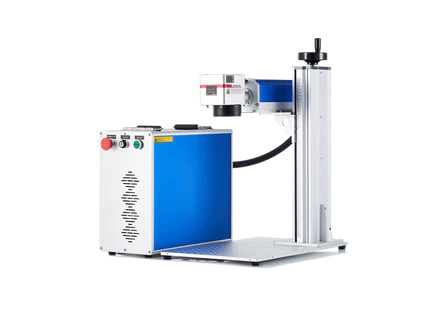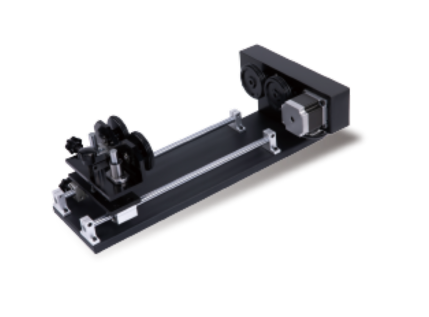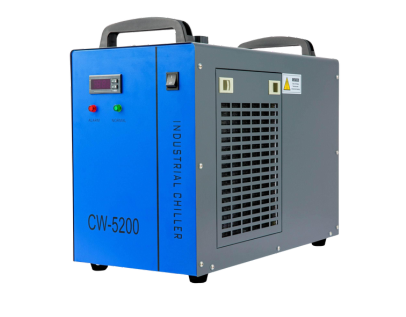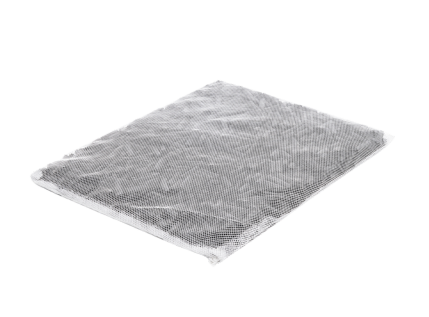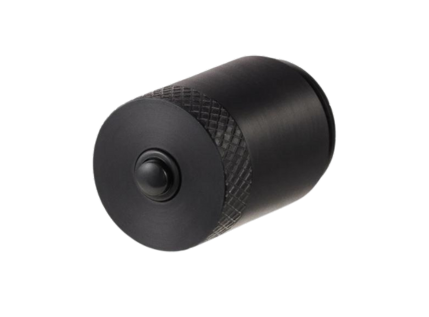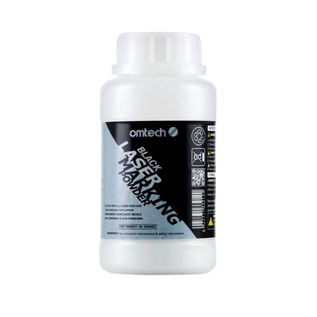Laser Injury First Aid Basics: How to Handle Burns, Cuts, and Eye Emergencies
Laser engraving is creative and powerful. You can make signs, gifts, and detailed projects with ease. But with that power comes risk. Even the best operator can have an accident. A slip, a reflection, or a hot surface can turn a normal job into an emergency in seconds.
That is why safety is not optional. You need a plan, the right gear, and the knowledge to respond if something happens. In this guide, we will cover the basics of laser safety. You will learn about the most common injuries, what gear to keep on hand, and how to treat burns, cuts, and eye exposure. With the right steps, you can keep yourself, your machine, and your workspace safe.
Understanding the Risks
Lasers are not toys. They cut, burn, and mark with intense energy. Used properly, they are safe and efficient. Used carelessly, they can cause harm.
The most common laser-related injuries are:
- Burns – A fast touch of the beam or hot material can cause pain and damage.
- Cuts – Handling sharp edges or reaching into the wrong spot can lead to a nasty cut.
- Eye injuries – Even a short flash of a beam or reflection can harm your eyes.
These risks don’t mean you should fear your machine. They mean you should respect it. Follow safety steps, stay alert, and be ready with first aid.
View the Laser Engraving Machine Safety Guide.
Essential Safety Gear for Your Workshop
Before talking about treatment, let’s talk prevention. The right gear reduces risk. Here’s what every laser engraving workshop should have:
- Protective gear – Laser safety goggles are a must. Heat-resistant gloves and a face mask add another layer of safety.
- Laser-specific first aid kit – Stock one with burn gel, antiseptic wipes, sterile bandages, and an eyewash bottle.
- Emergency instructions – Keep printed steps and emergency contacts visible. Stress can make you forget simple things.
- Manufacturer’s documents – Keep your machine’s safety guide close by.
Think of this gear as your fire extinguisher. You hope you never use it, but when you need it, you will be grateful it’s there.
Building the Right First Aid Kit
A proper kit is not just a few plasters and tape. It should be ready for laser-related injuries. Pack it with:
- Burn relief gel for quick cooling of skin.
- Sterile bandages and non-stick dressings.
- Eyewash solution for dust or beam exposure.
- Clear, printed instructions for burns, cuts, and eye injuries.
Label the kit and keep it in plain sight. In an emergency, no one should have to search for it.
Treating a Laser Burn
Burns are the most common problem in laser engraving. If it happens, act fast:
- Turn off the machine. Stop the process first. Prevent more damage.
- Cool the burn. Use cool running water for at least 10 minutes. Never use ice, as it can harm the skin further.
- Apply burn gel. This soothes pain and lowers infection risk.
- Cover the wound. Use a sterile, non-stick dressing.
- Seek help if needed. Deep burns or large areas need a doctor.
Burns may seem small at first but can worsen. Always check how it heals.
Treating Laser-Related Cuts
Cuts often happen when handling sharp materials or moving parts. Stay calm and do this:
- Clean the cut. Wash with mild soap and water. Remove dirt or splinters.
- Stop the bleeding. Apply steady pressure with gauze or a clean cloth.
- Disinfect. Use antiseptic wipes or solution.
- Bandage. Protect the wound with a sterile cover.
- Check for infection. If you see redness, swelling, or pus, get medical care.
Even a small cut can become serious if ignored. Treat it properly right away.
Eye Safety and First Aid
Your eyes are at the highest risk around lasers. A flash or reflection can cause lasting damage. If you suspect an eye injury:
- Do not rub your eyes. This can make things worse.
- Rinse gently. Use lukewarm water or eyewash for several minutes.
- Reduce exposure. Cover the eye with a clean cloth to ease sensitivity.
- Get medical help at once. Do not wait. Eye injuries need a doctor.
- Wear proper goggles. Always use certified laser safety goggles when engraving.
When it comes to eyes, don’t gamble. If in doubt, seek help.
Creating a Safe Workshop Culture
Safety is not just gear and first aid. It is a mindset. Build good habits into your daily work.
- Inspect your laser machine often. Look for wear or damage.
- Train all users on first aid basics and safety steps.
- Post visible reminders and emergency instructions.
- Keep your safety kit stocked and easy to grab.
Safety doesn’t slow you down. It frees you to create with confidence.
Staying Prepared with OMTech and Good Habits
OMTech machines are designed for accuracy and power. But safe use depends on you. A well-stocked first aid kit and simple knowledge can protect your health, your work, and your peace of mind.
Burns, cuts, and eye risks are real. But they are manageable with the right plan. Stay ready, stay safe, and keep creating without fear.
FAQs
Q: What should I have in a laser engraving safety kit?
A: Include laser goggles, heat-resistant gloves, burn gel, antiseptic wipes, sterile dressings, eyewash solution, and printed first aid steps.
Q: How do I treat a small laser burn at home?
A: Run cool water over the burn for at least 10 minutes. Apply burn gel. Cover with a sterile bandage. For deep burns or large areas, see a doctor.
Q: How can I avoid eye injuries from lasers?
A: Always wear certified laser goggles. Remove reflective surfaces near the laser bed. Inspect your machine often to ensure it is working safely.



